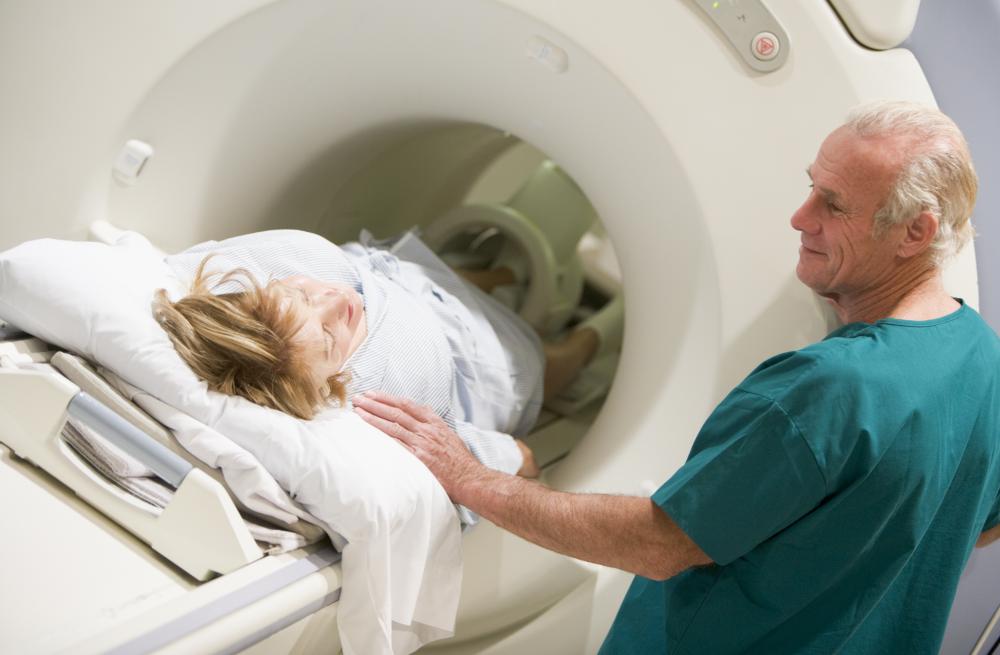At WiseGEEK, we're committed to delivering accurate, trustworthy information. Our expert-authored content is rigorously fact-checked and sourced from credible authorities. Discover how we uphold the highest standards in providing you with reliable knowledge.
What is an Epileptic Colony?
An epileptic colony is a residential facility designed to accommodate the treatment needs of epileptics. Such sites were historically used to isolate epileptics and the mentally ill from the rest of society, reflecting a widespread fear of epilepsy and mental illness. Modern facilities usually do not use the term “epileptic colony,” and they may focus on inpatient and outpatient treatment for a variety of neurological conditions, not just epilepsy.
The earliest epileptic colony appears to have been established in Bielefeld, Germany, in the 1800s, at around the same time that the eugenics movement was sweeping the European community. This is not mere coincidence; eugenics is a social movement which involves selective breeding of the human race to promote desirable traits. The isolation of epileptics was undoubtedly intended to remove epilepsy from the gene pool, and when the concept was adopted in the United States, some facilities even sterilized their inmates, ensuring that they could not procreate.

Historically, epileptic colonies were painted as pleasant facilities dedicated to selfless patient care. Facilities were often divided into “curable,” “incurable,” and “violent” wards, and patients supposedly had access to first-rate medical care, physical therapy, recreation, and so forth. In point of fact, an epileptic colony was often a very grim place, designed more like a prison than a residential treatment facility, and many people in such colonies had conditions other than epilepsy which went untreated.

Epileptic colonies often boasted of “waiting lists” for patients, when in fact many patients were forced to move to the colony by family members or their medical practitioners. Some families opted to send sick relatives to an epileptic colony because they believed that the family member might improve in better medical care, while others simply dumped such relatives, not wanting to cope with their disabilities. In either case, once in an epileptic colony, getting out was usually difficult. Others thought that epileptic loved ones might feel more comfortable in the company of fellow epilepsy sufferers.

As the popularity of eugenics started to decline, so did the epileptic colony. Many such colonies closed as early as the 1920s, with others vanishing from the landscape as late as the 1950s and 1960s. As the idea of confining epileptics lost popularity, however, many facilities continued to care for mental patients, well through the 1980s, when most state-run mental hospitals were closed in the United States.

Today, epileptics and people with mental illnesses have numerous treatment options, some of which may include stays in inpatient facilities. However, the conditions of such facilities differ radically from those of historical epileptic colonies, with professional, sensitive staff who care deeply about patient welfare.
AS FEATURED ON:
AS FEATURED ON:














Discussion Comments
Epileptic colonies were prisons for people doctors considered to be defectives and criminals. The persecution of epileptics continued until there was evidence of neurological abnormalities. The persecution of the so-called mentally ill continues apace, though there is no a shred of evidence that any "mental illness" has a biological origin.
Post your comments